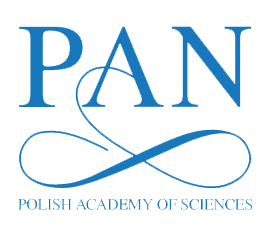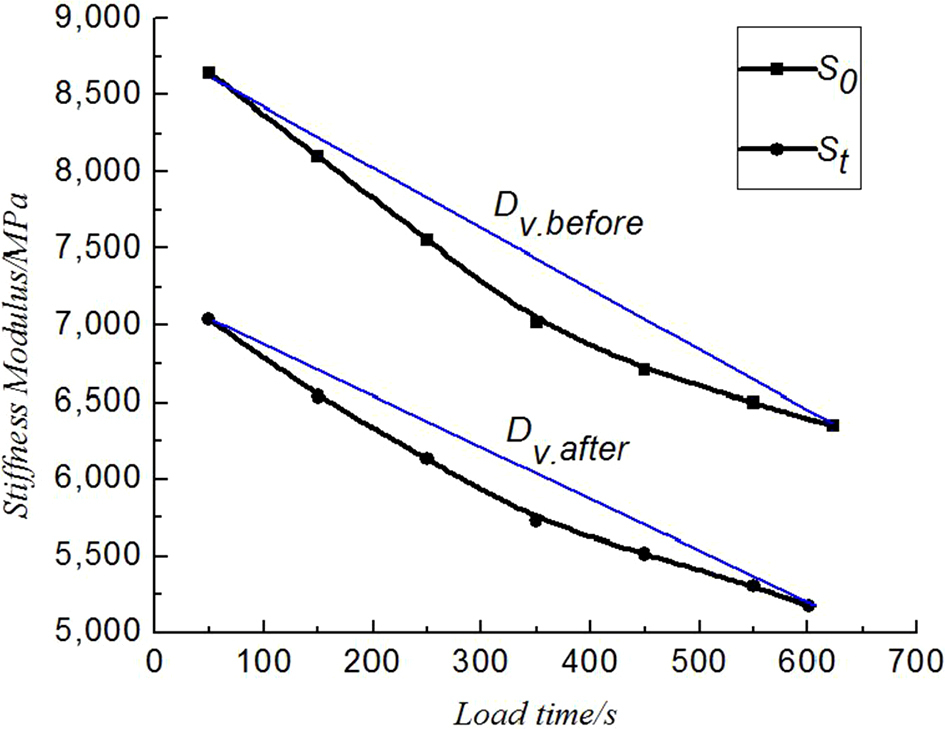Damage self-healing performance of basalt fiber asphalt concrete in high cold and high altitude area
1
School of Civil Engineering, Xinyang University, China
Submission date: 2024-01-10
Final revision date: 2024-03-20
Acceptance date: 2024-05-07
Publication date: 2025-03-20
Archives of Civil Engineering 2025;71(1):37-49
KEYWORDS
Scanning electron microscopeBasalt fiber asphalt concreteFour-point bending fatigue testDamage healing propertiesCumulative dissipated energy
TOPICS
ABSTRACT
To explore the self-healing properties of basalt fiber asphalt concrete under different damage levels, freeze-thaw cycles, and ultraviolet radiation aging, a four-point bending fatigue test and scanning electron microscope are used to analyze from macro and micro perspectives. By comparing and analyzing the fatigue damage rate of DV and the cumulative dissipated energy of ECD before and after the specimen healing, the corresponding healing coefficient is obtained respectively. The conclusion shows that basalt fiber has improved damage self-healing properties of ordinary matrix asphalt concrete, and the maximum value of the damage healing coefficient is 96% (mass fraction, the same below); under the same environmental factors, the damage degree of specimens is inversely proportional to the healing coefficient; at the same degree of damage, the freeze-thaw cycle has the greatest impact on the healing performance of the test piece, and the damage healing coefficient decreases by up to 4%; Cumulative dissipated energy can be used as an analysis index to more accurately characterize the damage self-healing performance of asphalt concrete. Through scanning electron microscopy image analysis, the mechanism of the effect of basalt fiber on the self-healing performance of asphalt concrete before and after ultraviolet and freeze-thaw action is further microscopically explained.
We process personal data collected when visiting the website. The function of obtaining information about users and their behavior is carried out by voluntarily entered information in forms and saving cookies in end devices. Data, including cookies, are used to provide services, improve the user experience and to analyze the traffic in accordance with the Privacy policy. Data are also collected and processed by Google Analytics tool (more).
You can change cookies settings in your browser. Restricted use of cookies in the browser configuration may affect some functionalities of the website.
You can change cookies settings in your browser. Restricted use of cookies in the browser configuration may affect some functionalities of the website.




